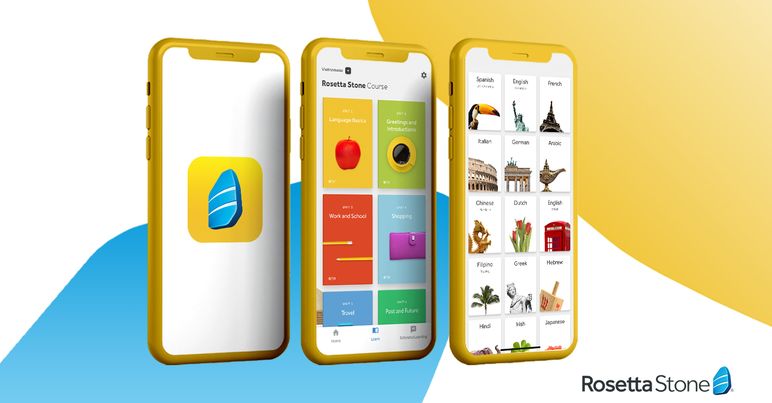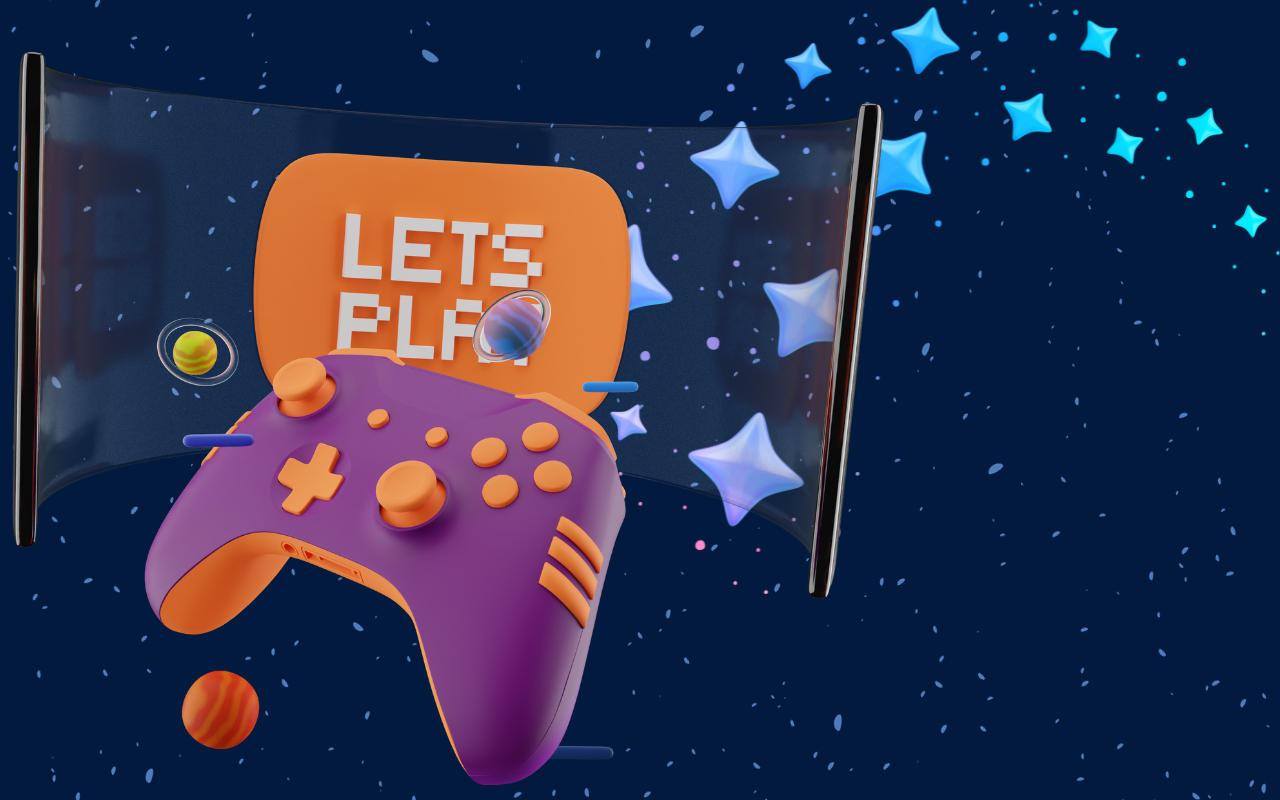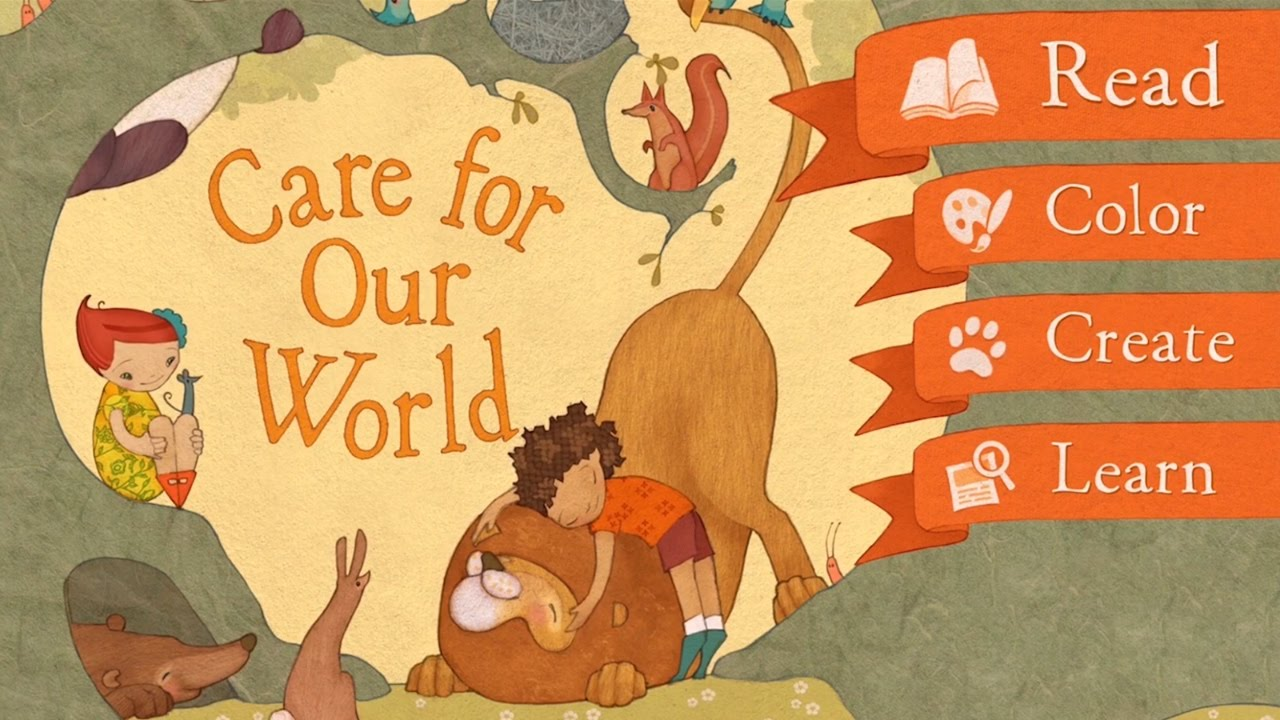Intro
In the dynamic world of education, the integration of gamification is not just a trend; it’s a transformative approach that is reshaping how educators teach and students learn. Gamification in education refers to the incorporation of game elements into the learning process to create a more engaging and motivating experience.
Understanding Gamification in Education
At its core, gamification in education leverages the motivational elements found in games – points, levels, challenges, and rewards – to enhance learning. The psychological principles behind gamification, such as intrinsic motivation, engagement, and the reward system, are key in understanding its effectiveness. When students find learning enjoyable and rewarding, their engagement and retention of information improve significantly.
The Benefits of Gamification for Educators
For educators, gamification presents a golden opportunity to capture students’ attention and foster a positive learning environment. By gamifying learning content, teachers can increase student participation, improve knowledge retention, and even encourage collaboration and healthy competition among students.
Practical Gamification Strategies for the Classroom
Practical strategies such as point systems, leaderboards, and achievement badges can be integrated into traditional teaching methods. These elements add an element of fun and challenge, making the learning process more engaging and enjoyable. For instance, a point system can be used to reward students for completing assignments or participating in class, while a leaderboard can foster a sense of competition and achievement.
Incorporating Technology: Gamification Tools and Resources
Incorporating technology in gamification has become easier with various tools and resources available. Platforms like ClassDojo offer classroom management tools through gamification, while Kahoot! and Quizizz provide interactive quiz-based learning experiences. Other tools like Duolingo, Codecademy, and Prodigy have shown significant success in making learning languages, coding, and math more engaging and effective. Henesys Studio stands out by offering customized gamification solutions that cater specifically to the needs of each educational setting.
Case Studies: Success Stories in Gamification
Real-world success stories highlight the impact of gamification in education. For instance, Duolingo has revolutionized language learning by making it fun and accessible. Codecademy’s interactive coding challenges have made learning to code more engaging. Prodigy’s game-based learning approach has transformed the way students learn math. Henesys Studio’s portfolio includes numerous examples where customized gamification solutions have significantly enhanced learning outcomes.
Overcoming Challenges in Gamification
While gamification offers numerous benefits, it’s not without its challenges. Some of these include ensuring that the gamified content aligns with educational goals and finding the right balance between game elements and educational content. For educators, it’s important to integrate gamification thoughtfully, ensuring that it enhances, rather than distracts from, the learning process.
Conclusion
Gamification in education is a powerful tool that, when used effectively, can transform the educational experience. It empowers educators to make learning more engaging and effective. As the education landscape continues to evolve, gamification will play an increasingly important role in shaping how we teach and how students learn.
Educators looking to adopt gamification strategies can turn to Henesys Studio for personalized solutions that are tailored to their unique educational needs. By partnering with Henesys Studio, educators can ensure that they are at the cutting edge of educational innovation.
Gamification is more than just a trend; it’s a gateway to a new world of effective education. Embrace these strategies, and watch as your classroom transforms into an interactive, engaging, and fun learning environment.









0 Comments